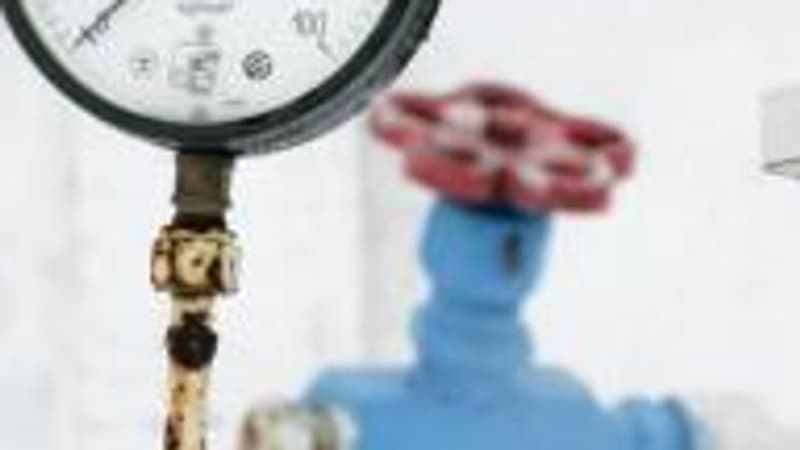“Not at the end of its problems”, Europe is at risk of running out of gas by the winter of 2023-24, the International Energy Agency (IEA) warned on Thursday, calling on governments to “act immediately”, in particular to reduce demand.
Some 30,000 million cubic meters of gas could well be missing next year, in the event of a total cessation of deliveries from Russia but also due to the economic recovery of China, which would come to absorb a large part of the liquefied natural gas (LNG), estimates in Its calculations are made by the IEA, created by the OECD in 1974 to advise countries on energy matters. European reserves would only be 65% full at the start of winter 2023-2024, compared to 95% today, its director, Fatih Birol, told reporters during an online press conference.
“Favorable” factors in 2022
The filling of reserves benefited this summer from “key factors that may well not be repeated in 2023”. Starting with the position of Russia, whose gas pipelines delivered almost normal quantities this year in the first half of the year, before deliveries slowed down, in the context of the war in Ukraine: in short, the country should have supplied some 60,000 million of m3 to the European Union. This will be “highly unlikely” in 2023, the IEA notes, noting that Russian deliveries could even cease altogether.
In addition, China’s lower LNG needs this year have made it easier for European purchases. Global LNG production is due to rise, but by only 20 billion cubic meters, and if Chinese imports return to their 2021 level in 2023, they would absorb most of this growth, estimates this analysis, titled “It’s Never Too Early to Prepare for winter 2023-24”. “.
A structural reduction in gas demand is vital
With prices declining this fall and demand limited by mild weather, “there is a risk of overconfidence on the issue of gas supplies to Europe. However, we are by no means at the end of our sentences,” he said. Fatih Birol. For this reason, governments must “take immediate measures to accelerate energy efficiency, the deployment of renewable energies, heat pumps and any other means of structural reduction in gas demand,” stresses the economist, who is scheduled to meet on Friday with various representatives of European countries. governments, to sound “the alarm bell for the coming winter”.
The Agency plans to shortly publish “a roadmap” proposing a list of these concrete actions that “would allow reserves to be filled to 95% at the start of the 2023-24 heating season and structurally reduce gas consumption during the winter”.
Source: BFM TV


